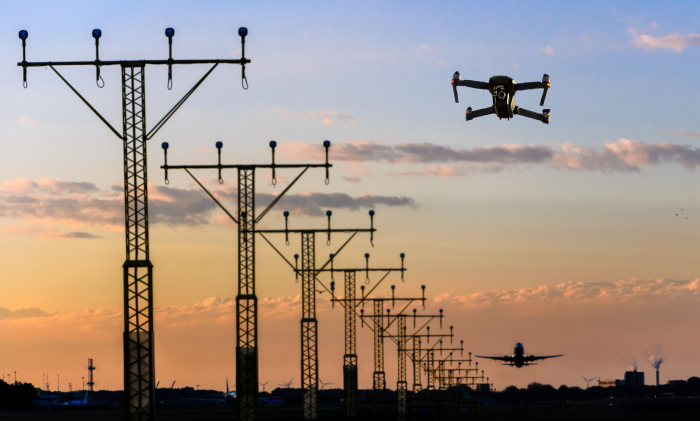WSi News2020-09-29 07:55:00
New report highlights 10 critical technologies for future security
The development of emerging technologies must be accelerated to mitigate the growing threat of cyberattacks and asymmetric conflict, dubbed the grey zone, is the key finding of the new Confidence in Chaos report from global defence and security company, QinetiQ.
Grey zone approaches explore the widest range of social, political, economic and security instruments available to achieve maximum effect. They do not, however, usually provoke a conventional response and are sometimes not recognised as formal acts of aggression. The use of technology makes it easier for adversaries to attack, interfering in critical national infrastructure, government or commercial institutions.
Released locally today through Abu Dhabi based Houbara Defence & Security LLC, QinetiQ’s UAE joint-venture partner, the report looks at shifts from traditional threats to grey zone or sub-threshold tactics employed by a wide range of adversaries, highlighting the critical role that technology plays in both enabling grey zone attacks and protecting against them. It provides 10 technology examples that QinetiQ sees as being crucial to counter grey zone tactics.
The first is AI, analytics and advanced computing, which are seen as the core of the solution. The second and much less recognised area of vulnerability is the electromagnetic spectrum where critical infrastructure can be targeted through communication signals, Wifi and GPS being jammed or misdirected.
Fast developing novel technologies is the third area of focus. The report describes how directed energy, such as lasers, are well suited to counter threats posed by drones and other unmanned devices.
Technologies that mitigate the risk to the disruption of conventional power supplies by identifying scenarios that require highly specialised energy storage and delivery systems is the fourth area of opportunity.
Fifth, greater use of robotics and autonomous systems are required to provide more granular situational awareness, as well as helping to expand a user’s sphere of influence. This is closely linked to the sixth priority, where communication lies at the heart of countering grey zone operations.
Advances in sensor technology is the seventh focus, enhancing situational awareness by creating new techniques to gather data, by identifying adversaries’ locations and intentions of both their physical and digital domains.
The rapidly shifting nature of potential threats means that new materials and manufacturing capabilities must be fast-tracked into service, this is the eighth opportunity that the report explores in detail.
The ninth focuses on how new capabilities can be safely introduced. All new technologies and procedures should be developed with human factors in mind, so exhaustive testing and live exercises are essential to expose hidden risks.
Finally, the report cites the need for greater adaptability of platform and system design. With increasing emphasis on budget efficiency and the need to adapt existing capabilities to tackle changing threats, consequently new systems must be designed to serve multiple evolving roles.
Mike Sewart, Group CTO, QinetiQ said “Grey zone tactics are today’s reality and organisations have no option but to adapt. Emerging and existing technologies hold the key to achieving competitive advantage when countering grey zone attacks. Simply doing what we’ve always done is neither recommended nor possible. Instead, we must embrace a more scientific and technology-focused approach.”
With commercial technologies being turned into available products faster than ever before, it is easier for adversaries to find new ways of challenging. Access to new communications technologies in particular are enabling adversaries to achieve critical mass, equip and mobilise very quickly.
Sewart concludes: “With budgets around the world coming under increasing public and government scrutiny, we are at a cross-roads in how we evolve our security infrastructure to be fit for purpose. Traditional strategies tend not to deal with grey zone tactics, so a new approach needs to be readily considered and deployed”.
